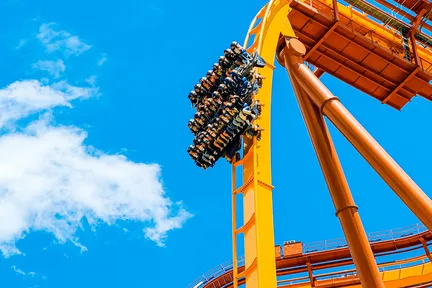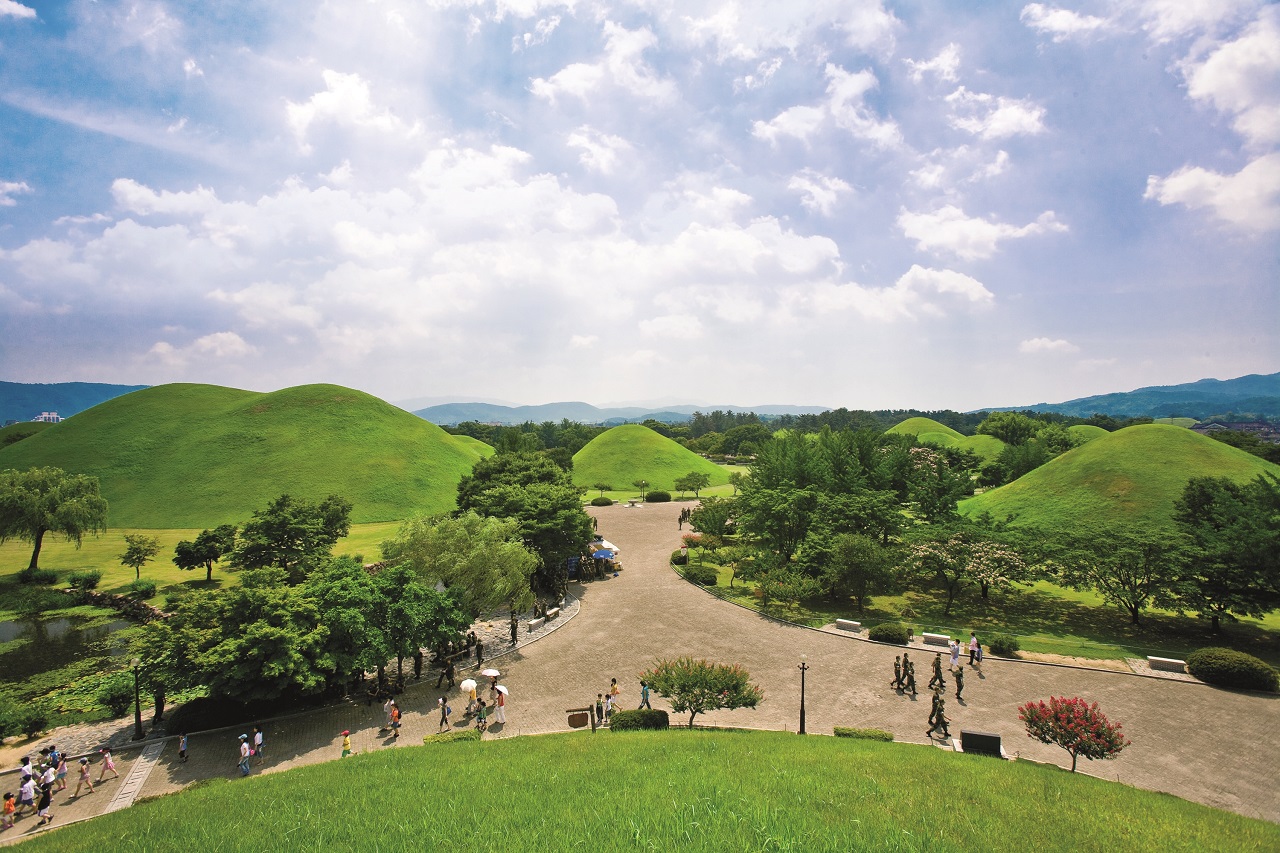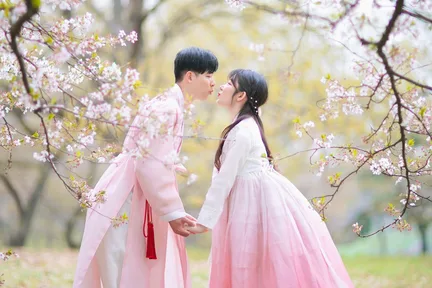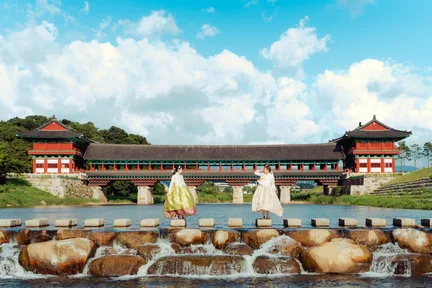Poseokjeong Pavilion
The best of Poseokjeong Pavilion
Bucket-list experiences
Make it a getaway
Trouble-free transport
More to explore
Why people love Poseokjeong Pavilion
Nearby places to go
FAQs about Poseokjeong Pavilion
When is the best time to visit Poseokjeong Pavilion in Gyeongju?
How can I get to Poseokjeong Pavilion from Gyeongju city center?
What should I wear when visiting Poseokjeong Pavilion?
Is there an admission fee for Poseokjeong Pavilion, and how should I plan my visit?
What to know before visiting Poseokjeong Pavilion
Remarkable Landmarks and Must-Visit Sights
Granite Water Feature
Step into the heart of Poseokjeong and marvel at the Granite Water Feature, a stunning hand-carved stone channel that once hosted the royal banquets of the Silla dynasty. This unique abalone-shaped masterpiece is not just a relic of the past but a symbol of the artistic and cultural sophistication of ancient Korea. Imagine the clinking of wine cups and the laughter of nobles as you explore this must-see attraction.
Poseokjeong Pavilion
Uncover the secrets of the Poseokjeong Pavilion, where history and nature intertwine. This site, once a grand 9th-century royal villa, is home to the exquisite granite water feature that served as the centerpiece for noble gatherings. As you wander through this historic location, envision the poetic challenges and traditional games that once animated this space, offering a glimpse into the opulent lifestyle of the Silla elite.
Poseokjeong Pavilion Site
Escape into the serene beauty of the Poseokjeong Pavilion Site, where the remnants of a royal palace whisper tales of grandeur. The abalone-shaped granite water canal, surrounded by lush zelkovas, pine, and bamboo trees, invites you to experience a peaceful retreat into nature. This site not only offers a window into the past but also a tranquil setting to reflect and rejuvenate amidst the echoes of history.
Cultural and Historical Significance
Poseokjeong is a designated Historic Site of South Korea, symbolizing the grandeur and eventual decline of the Silla kingdom. It is steeped in history, from the legendary dances of King Heong-gang to the tragic demise of King Gyeongae. The pavilion is a symbol of the Unified Silla period, reflecting the cultural and political zenith of the Silla Kingdom. The pavilion's watercourse played a central role in the social gatherings of the time, showcasing the sophisticated leisure activities of the era's aristocracy. Poseokjeong Pavilion was a separate royal palace for the Silla kings, reflecting the grandeur and cultural practices of the era. Although the palace no longer stands, the site remains a testament to the Silla Kingdom's rich history.
Natural Beauty
Surrounded by ancient zelkova, pine, and bamboo trees, the site offers a tranquil atmosphere, perfect for reflection and appreciation of nature's beauty. The pavilion is enveloped by a serene natural setting, with towering trees and a tranquil atmosphere that make it a perfect spot for relaxation and reflection.
Explore more on Klook
Top destinations in South Korea
- 1 Seoul
- 2 Busan
- 3 Incheon
- 4 Gyeonggi-do
- 5 Gangwon-do
- 6 Jeju



